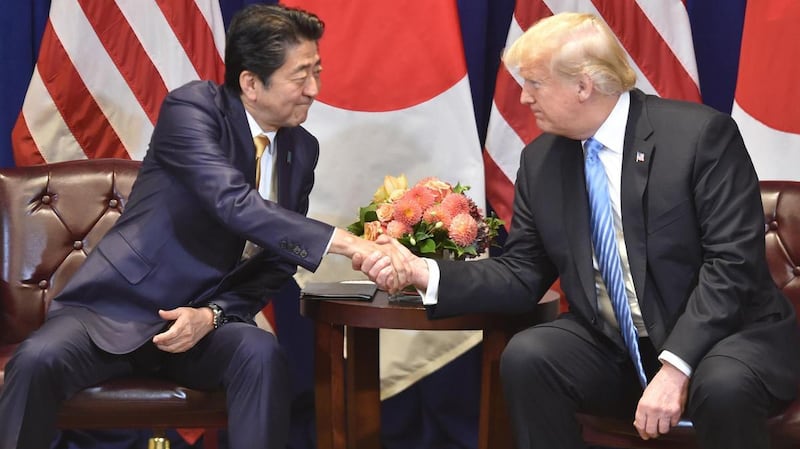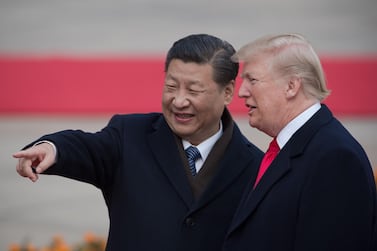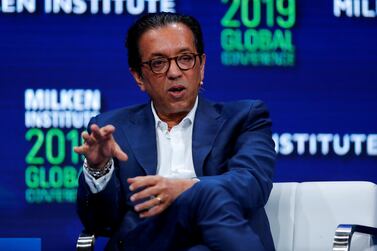A trade deal between the United States and Japan that cuts tariffs on some agricultural products and industrial goods took effect on Wednesday, with little indication the two sides would meet a pledge to soon start a new round of talks to broaden the pact.
Under the deal, Japan reduced tariffs on beef and additional US agricultural products to the same levels it grants other trading partners in the Trans-Pacific Partnership regional trade agreement.
Japan failed to secure its goal of reduced tariffs on the cars and car parts it exports to America.
President Donald Trump had threatened the close US ally with punitive tariffs on a $50 billion (Dh183.5bn) a year sector that is a cornerstone of its economy.
While there has been no written pledge from Mr Trump to halt extra tariffs on autos, Japan's government said US officials – including the president – gave assurances that they would not be introduced.
In one concession to Prime Minister Shinzo Abe, Japan’s politically sensitive rice industry was excluded from the agricultural market opening with the US.
Mr Trump was eager to make a deal with Japan to boost his re-election campaign by appeasing the US farmers who have been largely shut out of the Chinese market as a result of his trade war with Beijing.
American agricultural producers, also reeling from bad weather and low commodity prices, are a core component of Mr Trump's political base.
The US and China agreed to the first phase of a broader trade agreement in December, but have yet to sign the deal that hinges on China increasing purchases of American farm goods such as soya beans, and making new commitments on intellectual property, forced technology transfers and currency.
The US and Japan said in a statement, published when their initial deal was made in 2019, that they intended to agree to other areas for further trade openings within four months and start negotiations on issues including tariffs, trade-in services and barriers to investment.
But neither side seems up for a fresh battle on trade after Mr Trump secured a deal he could trumpet to farmers.
Japan could face threats on other fronts if it starts a fresh round and isn’t keen to sit down again with its second-biggest trade partner.
“The second round of talks with Japan will be a low priority for the Trump administration,” said Junichi Sugawara, senior research officer at the Mizuho Research Institute.
“The US side is also showing interest in opening up Japan’s finance, services and investment markets and may press for more agricultural access. Even the threat of a 25 per cent tariff on autos hasn’t necessarily disappeared.”
Mr Trump was already struggling to reach agreements with China and the European Union as he heads into the November election.








